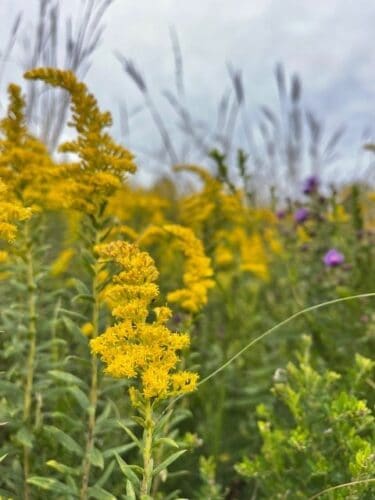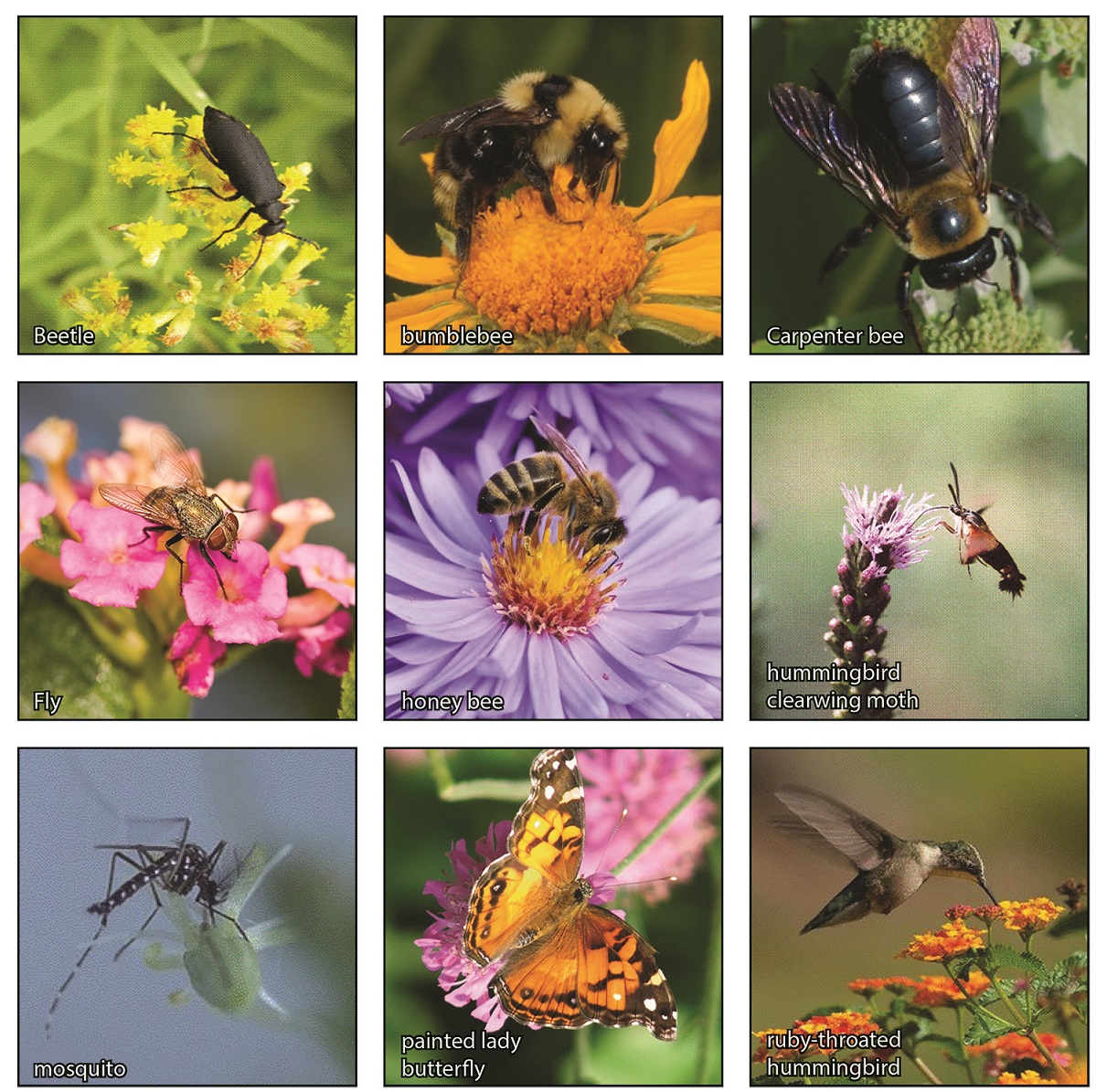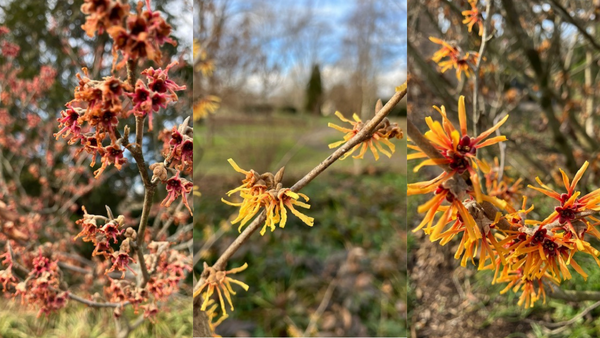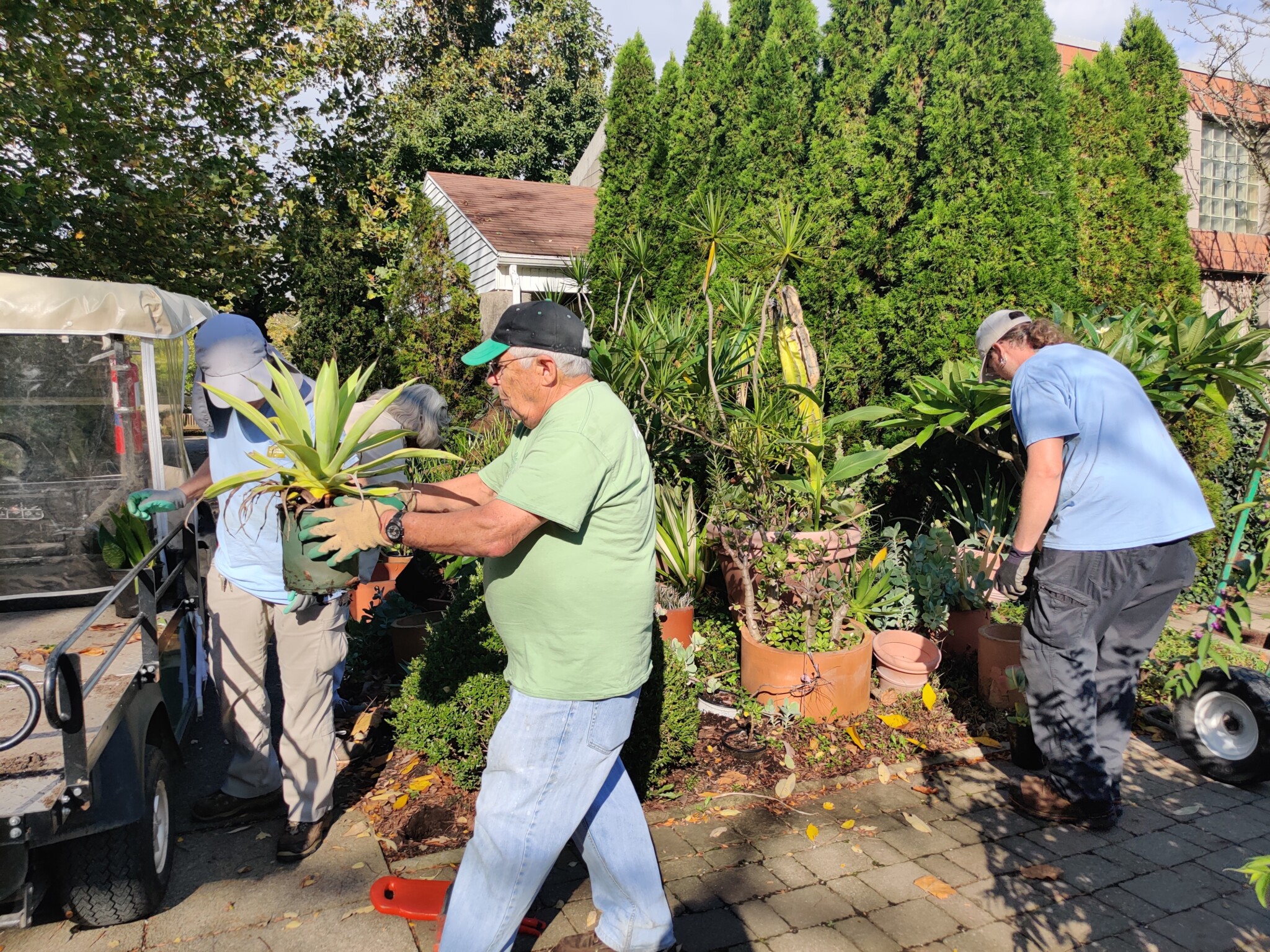Updated November 8th, 2022
In Appreciation of Goldenrod
Heads up! This article was last updated 1 year ago.

Fields of bright yellow goldenrod blooms are common this time of year and add not only a great deal of beauty to the early fall landscape, but they are an indispensable ecosystem plant for our region.
The sunny blooms of the goldenrod (around 22 species statewide) can be found in forest, prairie, meadow, and urban habitats. Goldenrod is a plant that can repopulate an area with disturbed soil, like a construction site or abandoned lot. Goldenrod blooms are abundant in nectar and nutritious pollen- making them a great source of nectar for pollinators needing immediate nutrition, and pollen for native bees to supply nourishment to nests and brood cells to help their young survive the harsh winter. Goldenrod is vital to native bees, honeybees, wasps, flies, beetles, and butterflies. After the abundance of summer flowers have stopped blooming, late blooming flowers like the goldenrod provide migrating monarch butterflies with the energy they need to make their long journey down to the southern USA and Mexico. Without our beloved goldenrod blooms, many of our beautiful and essential pollinators would struggle to survive the winter.
But wait! What about my allergies?
Goldenrod blooms are not the culprit of your pollen allergies and hay fever attacks, the blame for that misery lies with ragweed, a dastardly invasive with abundant, irritating pollen. How do we know that goldenrod is blameless in the assault to your sinuses? The goldenrod’s plentiful pollen is much too heavy to go flying through the air to irritate you, while ragweed’s pollen is easily spread by a slight breeze.
Take a look at some goldenrod plants this season. What do you notice? Who is visiting the plants?
And better yet, consider planting some goldenrod in your backyard as a part of a 4 season pollinator garden! In the future, we’ll talk about the things you can do and what you can plant to create a space that pollinators will appreciate for each and every season.





